Tag: Marye’s Heights VA
Wikipedia says: The Battle of Fredericksburg was fought December 11–15, 1862, in and around Fredericksburg, Virginia, in the Eastern Theater of the American Civil War. The combat, between the Union Army of the Potomac commanded by Maj. Gen. Ambrose E. Burnside and the Confederate Army of Northern Virginia under Gen. Robert E. Lee, included futile frontal attacks by the Union Army on December 13 against entrenched Confederate defenders on the heights behind the city. It is remembered as one of the most one-sided battles of the war, with Union casualties more than twice as heavy as those suffered by the Confederates. A visitor to the battlefield described the battle to U.S. President Abraham Lincoln as a “butchery”.
December 13, 1862.
On the northern end of the battlefield, Brig. Gen. William H. French’s division of the II Corps prepared to move forward, subjected to Confederate artillery fire that was descending on the fog-covered city of Fredericksburg. General Burnside’s orders to Maj. Gen. Edwin V. Sumner, commander of the Right Grand Division, was to send “a division or more” to seize the high ground to the west of the city, assuming that his assault on the southern end of the Confederate line would be the decisive action of the battle. The avenue of approach was difficult—mostly open fields, but interrupted by scattered houses, fences, and gardens that would restrict the movement of battle lines. A canal stood about 200 yards west of the town, crossed by three narrow bridges, which would require the Union troops to funnel themselves into columns before proceeding. About 600 yards to the west of Fredericksburg was the low ridge known as Marye’s Heights, rising 40–50 feet above the plain. (Although popularly known as Marye’s Heights, the ridge was composed of several hills separated by ravines, from north to south: Taylor’s Hill, Stansbury Hill, Marye’s Hill, and Willis Hill.) Near the crest of the portion of the ridge comprising Marye’s Hill and Willis Hill, a narrow lane in a slight cut—the Telegraph Road, known after the battle as the Sunken Road—was protected by a 4-foot stone wall, enhanced in places with log breastworks and abatis, making it a perfect infantry defensive position. Confederate Maj. Gen. Lafayette McLaws initially had about 2,000 men on the front line of Marye’s Heights and there were an additional 7,000 men in reserve on the crest and behind the ridge. Massed artillery provided almost uninterrupted coverage of the plain below. General Longstreet had been assured by his artillery commander, Lt. Col. Edward Porter Alexander, “General, we cover that ground now so well that we will comb it as with a fine-tooth comb. A chicken could not live on that field when we open on it.”
The fog lifted from the town around 10 a.m. and Sumner gave his order to advance an hour later. French’s brigade under Brig. Gen. Nathan Kimball began to move around noon. They advanced slowly through heavy artillery fire, crossed the canal in columns over the narrow bridges, and formed in line, with fixed bayonets, behind the protection of a shallow bluff. In perfect line of battle, they advanced up the muddy slope until they were cut down at about 125 yards from the stone wall by repeated rifle volleys. Some soldiers were able to get as close as 40 yards, but having suffered severe casualties from both the artillery and infantry fire, the survivors clung to the ground. Kimball was severely wounded during the assault, and his brigade suffered 25% casualties. French’s brigades under Col. John W. Andrews and Col. Oliver H. Palmer followed, with casualty rates of almost 50%.
Sumner’s original order called for the division of Brig. Gen. Winfield S. Hancock to support French and Hancock sent forward his brigade under Col. Samuel K. Zook behind Palmer’s. They met a similar fate. Next was his Irish Brigade under Brig. Gen. Thomas F. Meagher. By coincidence, they attacked the area defended by fellow Irishmen of Col. Robert McMillan’s 24th Georgia Infantry. One Confederate who spotted the green regimental flags approaching cried out, “Oh God, what a pity! Here comes Meagher’s fellows.” But McMillan exhorted his troops: “Give it to them now, boys! Now’s the time! Give it to them!” Hancock’s final brigade was led by Brig. Gen. John C. Caldwell. Leading his two regiments on the left, Col. Nelson A. Miles suggested to Caldwell that the practice of marching in formation, firing, and stopping to reload, made the Union soldiers easy targets, and that a concerted bayonet charge might be effective in carrying the works. Caldwell denied permission. Miles was struck by a bullet in the throat as he led his men to within 40 yards of the wall, where they were pinned down as their predecessors had been. Caldwell himself was soon struck by two bullets and put out of action.
The commander of the II Corps, Maj. Gen. Darius N. Couch, was dismayed at the carnage wrought upon his two divisions in the hour of fighting and, like Col. Miles, realized that the tactics were not working. He first considered a massive bayonet charge to overwhelm the defenders, but as he surveyed the front, he quickly realized that French’s and Hancock’s divisions were in no shape to move forward again. He next planned for his final division, commanded by Maj. Gen. Oliver O. Howard, to swing to the right and attempt to envelop the Confederate left, but upon receiving urgent requests for help from French and Hancock, he sent Howard’s men over and around the fallen troops instead. The brigade of Col. Joshua Owen went in first, reinforced by Col. Norman J. Hall’s brigade, and then two regiments of Brig. Gen. Alfred Sully’s brigade. The other corps in Sumner’s Right Grand Division was the IX Corps, and he sent in one of its divisions under Brig. Gen. Samuel Sturgis. After two hours of desperate fighting, four Union divisions had failed in the mission Burnside had originally assigned to one. Casualties were heavy: II Corps losses for the afternoon were 4,114, Sturgis’s division 1,011.
While the Union Army paused, Longstreet reinforced his line so that there were four ranks of infantrymen behind the stone wall. Brig. Gen. Thomas R. R. Cobb of Georgia, who had commanded the key sector of the line, was mortally wounded by an exploding artillery shell and was replaced by Brig. Gen. Joseph B. Kershaw. General Lee expressed concerns to Longstreet about the massing troops breaking his line, but Longstreet assured his commander, “General, if you put every man on the other side of the Potomac on that field to approach me over the same line, and give me plenty of ammunition, I will kill them all before they reach my line.”
By mid-afternoon, Burnside had failed on both flanks to make progress against the Confederates. Rather than reconsidering his approach in the face of heavy casualties, he stubbornly decided to continue on the same path. He sent orders to Franklin to renew the assault on the left (which, as described earlier, the Left Grand Division commander ignored) and ordered his Center Grand Division, commanded by Maj. Gen. Joseph Hooker, to cross the Rappahannock into Fredericksburg and continue the attack on Marye’s Heights. Hooker performed a personal reconnaissance (something that neither Burnside nor Sumner had done, both remaining east of the river during the failed assaults) and returned to Burnside’s headquarters to advise against the attack.
Brig. Gen. Daniel Butterfield, commanding Hooker’s V Corps, while waiting for Hooker to return from his conference with Burnside, sent his division under Brig. Gen. Charles Griffin to relieve Sturgis’s men. By this time, Maj. Gen. George Pickett’s Confederate division and one of Maj. Gen. John Bell Hood’s brigades had marched north to reinforce Marye’s Heights. Griffin smashed his three brigades against the Confederate position, one by one. Also concerned about Sturgis, Couch sent the six guns of Capt. John G. Hazard’s Battery B, 1st Rhode Island Light Artillery, to within 150 yards of the Confederate line. They were hit hard by Confederate sharpshooter and artillery fire and provided no effective relief to Sturgis.
A soldier in Hancock’s division reported movement in the Confederate line that led some to believe that the enemy might be retreating. Despite the unlikeliness of this supposition, the V Corps division of Brig. Gen. Andrew A. Humphreys was ordered to attack and capitalize on the situation. Humphreys led his first brigade on horseback, with his men moving over and around fallen troops with fixed bayonets and unloaded rifles; some of the fallen men clutched at the passing pant legs, urging their comrades not to go forward, causing the brigade to become disorganized in their advance. The charge reached to within 50 yards before being cut down by concentrated rifle fire. Brig. Gen. George Sykes was ordered to move forward with his V Corps regular army division to support Humphreys’s retreat, but his men were caught in a crossfire and pinned down.
By 4 p.m., Hooker had returned from his meeting with Burnside, having failed to convince the commanding general to abandon the attacks. While Humphreys was still attacking, Hooker reluctantly ordered the IX Corps division of Brig. Gen. George W. Getty to attack as well, but this time to the leftmost portion of Marye’s Heights, Willis Hill. Col. Rush Hawkins’s brigade, followed by Col. Edward Harland’s brigade, moved along an unfinished railroad line just north of Hazel Run, approaching close to the Confederate line without detection in the gathering twilight, but they were eventually detected, fired on, and repulsed.
Seven Union divisions had been sent in, generally one brigade at a time, for a total of fourteen individual charges, all of which failed, costing them from 6,000 to 8,000 casualties. Confederate losses at Marye’s Heights totaled around 1,200. The falling of darkness and the pleas of Burnside’s subordinates were enough to put an end to the attacks. Longstreet later wrote, “The charges had been desperate and bloody, but utterly hopeless.” Thousands of Union soldiers spent the cold December night on the fields leading to the heights, unable to move or assist the wounded because of Confederate fire. That night, Burnside attempted to blame his subordinates for the disastrous attacks, but they argued that it was entirely his fault and no one else’s.
Showing all 15 results
-
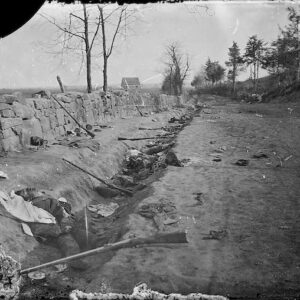
Image ID: AADC
$4.99 – $6.99 -
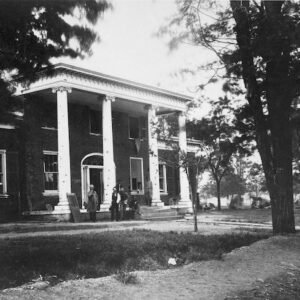
Image ID: AAGY
$6.99 -
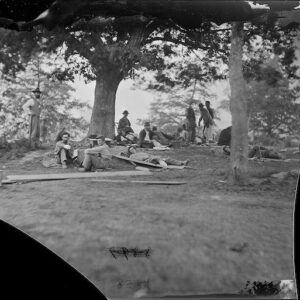
Image ID: AAHH
$4.99 – $6.99 -
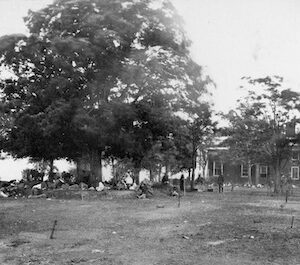
Image ID: AATB
$0.99 -
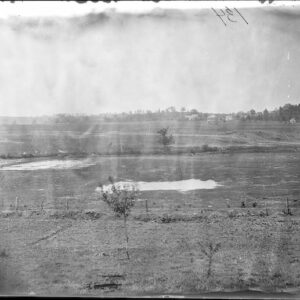
Image ID: ACFN
$4.99 -
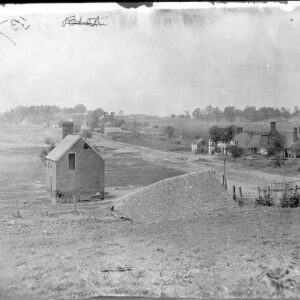
Image ID: AEPP
$4.99 -
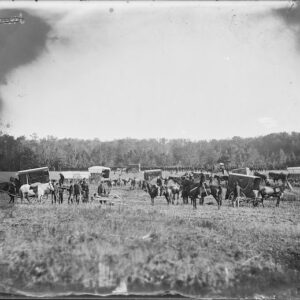
Image ID: AGNN
$4.99 – $6.99 -
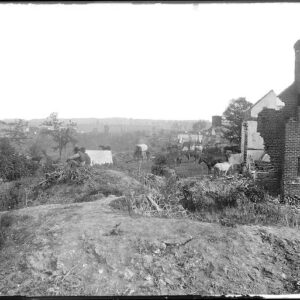
Image ID: AGPH
$4.99 – $7.99 -
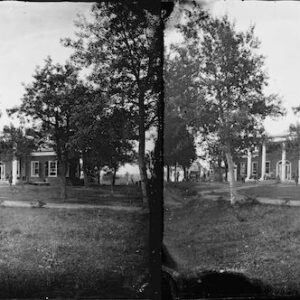
Image ID: AJTO
$5.99 -
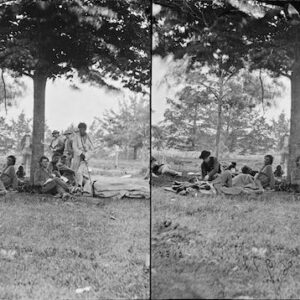
Image ID: AKPS
$6.99 -
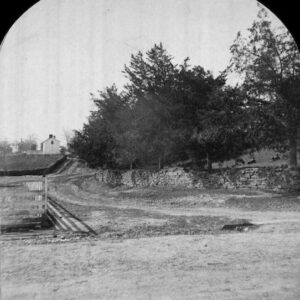
Image ID: ANIV
$0.99 -
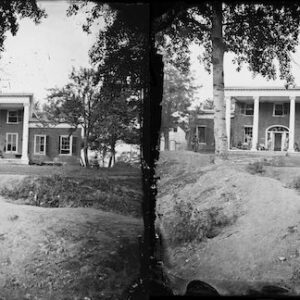
Image ID: APIB
$6.99 -
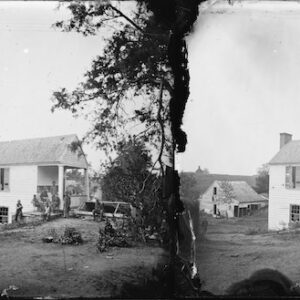
Image ID: ARTE
$5.99 -
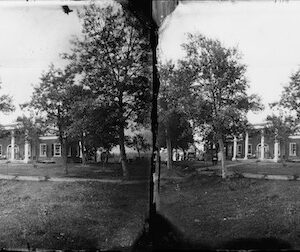
Image ID: ATFH
$6.99 -
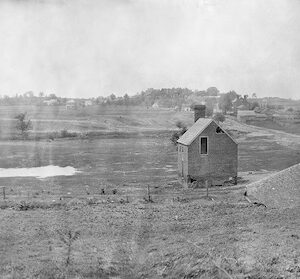
Image ID: ATYR
$5.99